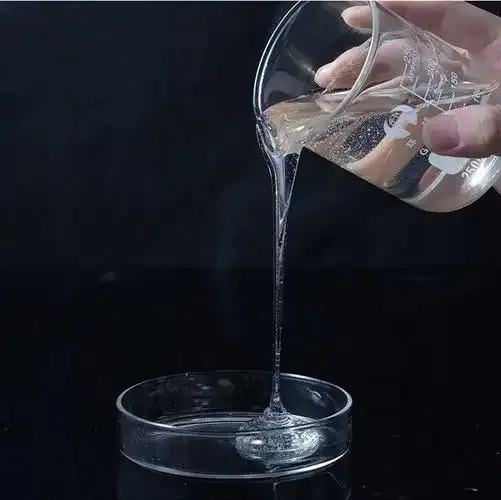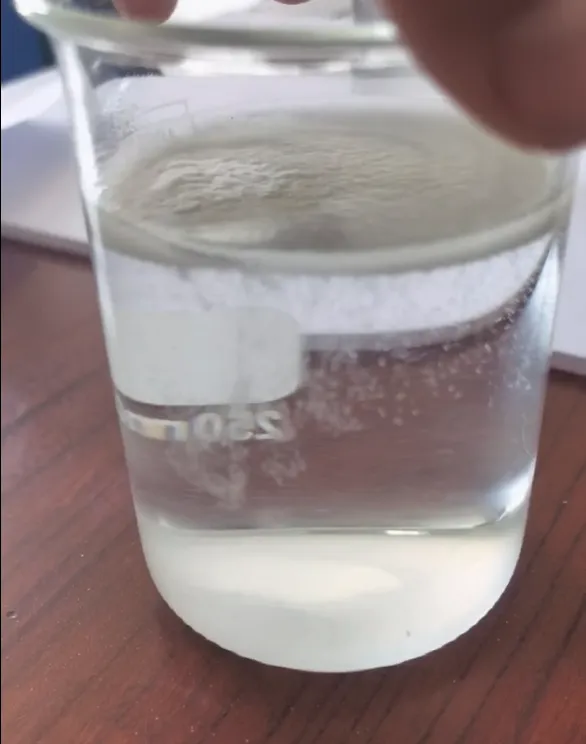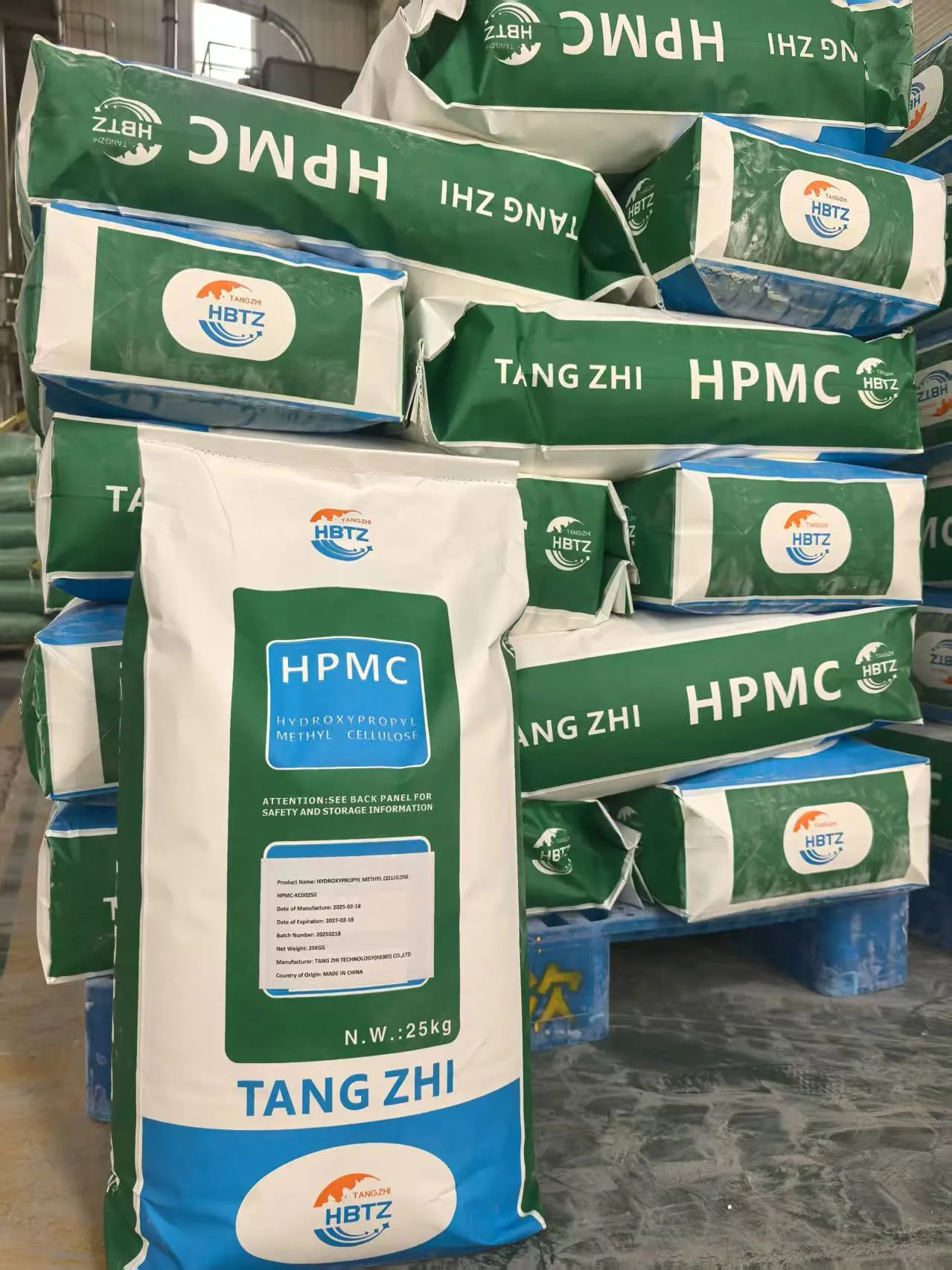
HPMC Properties Grades and Applications in Construction and Industry
Hydroxypropyl methylcellulose (HPMC) is a versatile cellulose ether widely used in construction, pharmaceuticals, food, and coatings. Available in multiple grades and viscosities, it is known for its thickening, water retention, and film-forming abilities. Whether you are looking for HPMC for sale, comparing HEC vs HPMC, or selecting the right HPMC grades viscosity for your application, understanding this material’s properties is essential for optimal performance.

1. Understanding HPMC: Structure, Grades, and Types
HPMC Chemical and Structure
HPMC chemical is a non-ionic cellulose ether derived from natural cellulose. The HPMC chemical structure consists of hydroxypropyl and methyl groups attached to the cellulose backbone, enhancing water solubility and functional performance. The official identification, HPMC CAS or HPMC CAS number, is 9004-65-3, which is used for product specification and regulatory compliance.
HPMC Grades and Viscosity
Choosing the right HPMC grades viscosity is crucial for different applications. Low-viscosity grades such as HPMC E5 and HPMC E5 LV are typically used in pharmaceuticals and coatings, while medium- to high-viscosity grades are used in construction and adhesives. Viscosity affects workability, water retention, and binding strength.
HPMC 2910 and HPMC 2910/Hypromellose
HPMC 2910—also referred to as HPMC 2910/hypromellose—contains around 29% methoxy and 10% hydroxypropoxy groups. This grade offers excellent film-forming and gelling properties, making it useful in drug delivery, coatings, and food products.
HPMC 603
A widely used industrial grade, HPMC 603 is preferred in construction due to its excellent water retention and workability in cement-based formulations.
HPMC Acetate Succinate
This modified form is used in controlled-release pharmaceuticals, offering pH-dependent solubility for targeted drug delivery.

2. Comparing HPMC with Other Cellulose Ethers and Applications
HEC vs HPMC
When comparing HEC vs HPMC (hydroxyethyl cellulose vs hydroxypropyl methylcellulose), both are cellulose ethers but with distinct properties. HEC is more suited for water-based systems like paints, while HPMC is valued for its film-forming, adhesive, and gel properties in construction, pharmaceuticals, and food.
HPC vs HPMC
Another comparison is HPC vs HPMC (hydroxypropyl cellulose vs hydroxypropyl methylcellulose). HPC is soluble in both water and certain organic solvents, whereas HPMC primarily dissolves in water and provides greater thermal gelation properties.
HPMC Binder
In tablet manufacturing, สารยึดเกาะ HPMC is used to hold active ingredients together, ensuring consistent tablet hardness and dissolution rates.
Construction HPMC
In construction applications, construction HPMC acts as a water-retaining agent, thickener, and workability enhancer in tile adhesives, wall putty, plasters, and self-leveling compounds.
How to Dissolve HPMC in Water
Knowing how to dissolve HPMC in water is critical for achieving optimal performance. The common method is to disperse HPMC in hot water (above 80°C), then cool down while stirring to achieve complete dissolution. Alternatively, HPMC can be pre-mixed with other dry ingredients and hydrated slowly.

3. Industrial Production, Pricing, and Market Availability
HPMC Factory and Supply
An HPMC factory manufactures different grades according to application-specific requirements, ensuring consistent viscosity, moisture content, and purity.
HPMC Price
The HPMC price varies depending on viscosity grade, modification type (e.g., เอชพีเอ็มซี อะซิเตท ซักซิเนต), and order volume. Pharmaceutical and food grades are generally higher priced than industrial grades due to stricter quality controls.
HPMC for Sale
Global suppliers offer HPMC for sale in powder form, packaged in moisture-proof bags. Buyers can choose grades suitable for pharmaceuticals, food, or construction materials.
Hydroxypropyl methylcellulose is an indispensable material across multiple industries, from construction HPMC in building materials to สารยึดเกาะ HPMC in pharmaceuticals. Understanding the differences between HEC vs HPMC and HPC vs HPMC, knowing how to dissolve HPMC in water, and selecting the right HPMC grades viscosity are key to optimizing its performance. With specialized grades such as HPMC E5, HPMC 2910, และ เอชพีเอ็มซี อะซิเตท ซักซิเนต, the versatility of this cellulose ether continues to make it a preferred choice for manufacturers worldwide.

FAQ About HPMC Grades, Uses, and Properties
What is the HPMC CAS number?
The HPMC CAS numberis 9004-65-3, which identifies hydroxypropyl methylcellulose for regulatory and specification purposes.
How do you dissolve HPMC in water?
To dissolve HPMC, disperse it in hot water above 80°C, then stir while cooling until fully hydrated. Alternatively, pre-mix with dry ingredients before adding to water.
What is the difference between HEC vs HPMC?
HEC vs HPMCdiffers in chemical substitution and properties: HEC is preferred for water-based paints, while HPMC offers film-forming and gelation for construction and pharmaceutical applications.
What is HPMC E5 used for?
HPMC E5is a low-viscosity grade used in pharmaceutical coatings, controlled-release tablets, and as a stabilizer in food products.
How is HPMC price determined?
HPMC pricedepends on grade, viscosity, modification type, purity, and market supply-demand conditions.
-
Hydroxypropyl Starch as a Sustainable Construction AdditiveNewsNov.24,2025
-
The Gelation Properties of CMCNewsNov.21,2025
-
Redispersible Latex Powder and Water Retention CapacityNewsNov.21,2025
-
Dosage Control for Polycarboxylate Water ReducerNewsNov.21,2025
-
Film-Forming Properties of Polyvinyl AlcoholNewsNov.21,2025
-
The Function of Gypsum Additives in MortarNewsNov.21,2025





















